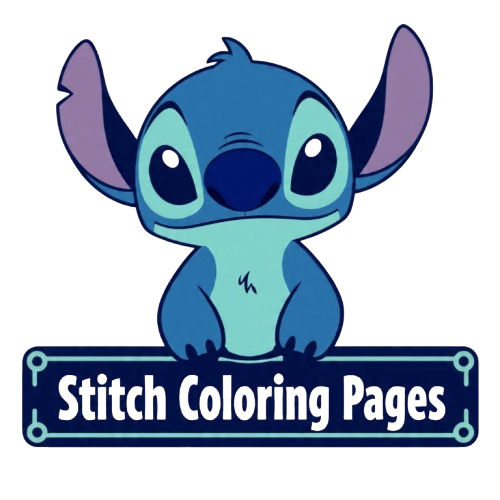Introduction
Rainbow coloring page printables are a delightful resource for parents, teachers, and caregivers looking to entertain and educate children. These coloring pages offer more than just fun; they introduce young learners to colors, creativity, and even elements of science and emotional expression. The availability of free rainbow coloring page printables for kids online has made it easier than ever to engage children with constructive, screen-free activities. However, not all coloring resources are created equal. In this article, we’ll explore the key factors that influence the effectiveness and quality of rainbow coloring page resources and the tradeoffs to consider when choosing them.
The Educational Value of Rainbow Coloring Pages
Rainbow coloring pages serve as more than just a recreational activity. They can foster cognitive development and artistic skills in young children. Here’s how:
- Color Recognition and Sequencing: A rainbow includes a clear progression of colors red, orange, yellow, green, blue, indigo, violet. Coloring them in order reinforces memory and pattern recognition.
- Fine Motor Skills: Holding crayons, coloring within lines, and applying different pressure levels help refine a child’s hand-eye coordination and dexterity.
- Introduction to Science: These pages often serve as a launching point to teach kids about how rainbows form through light refraction and weather patterns.
Yet, while educational, the depth of learning depends on how the coloring activity is framed. A coloring page alone doesn’t teach it’s the accompanying conversation or instruction that adds real value.


Creativity and Emotional Benefits
One of the biggest advantages of using free rainbow coloring page printables for kids is the way they encourage creative freedom and emotional expression:
- Creative Choice: While a rainbow has standard colors, kids often explore alternative shades and combinations, boosting imagination.
- Therapeutic Effects: Coloring has been shown to reduce anxiety and improve mood. The positive symbolism of rainbows: hope, joy, unity can further enhance emotional wellbeing.
- Inclusivity: Rainbows are culturally and symbolically inclusive, making them accessible and relevant for many children, regardless of background.
The tradeoff here is structure vs. freedom. Pages that strictly define where each color must go may limit creativity. On the other hand, completely abstract designs may not deliver the educational reinforcement some parents or teachers seek.
Accessibility and Availability
There are thousands of free rainbow coloring page printables available across educational websites, art platforms, and parenting blogs. Many of them are easy to download, print, and distribute, making them ideal for:
- Classrooms
- Homeschooling environments
- Libraries
- Daycare centers
- Birthday parties and kids’ events
However, free does not always mean high-quality. Common challenges include:
- Resolution Issues: Low-resolution images can print blurry or jagged.
- Licensing Restrictions: Some “free” printables come with usage limitations.
- Inappropriate Content: Not all sites curate their content for age-appropriateness.
When selecting free printables, it’s important to use reputable educational or parenting websites that clearly label their resources as age-appropriate and copyright-compliant.
Tradeoffs in Design Approaches
There are different types of rainbow coloring pages, and each presents unique advantages and limitations:
| Type | Pros | Cons |
| Simple Rainbows | Easy for toddlers, clear color paths | Less creative freedom |
| Complex Patterns (Mandalas, Scenes) | More engaging for older kids | Too challenging for younger users |
| Interactive Pages (with prompts or cut-outs) | Adds learning value | Requires more prep or guidance |
| Themed Pages (rainbows with animals, quotes, etc.) | Combines multiple interests | May distract from color-learning focus |
The key is to match the page type with the child’s age, skill level, and interests.
Considerations for Teachers and Parents
When deciding which rainbow coloring page printables to use, it’s important to consider:
- Age Appropriateness: A three-year-old needs very different pages than an eight-year-old.
- Learning Goals: Are you reinforcing science, colors, or creativity?
- Time & Setting: Will this be a quiet-time activity or a guided group project?
- Printer and Ink Access: Some pages are ink-heavy or only look good in color. Others are black-and-white friendly.
Understanding these considerations helps strike the right balance between entertainment and educational value.
Environmental and Screen-Time Tradeoffs
While printables are a better alternative to screen time, frequent printing can lead to paper and ink waste. Consider:
- Using recycled paper
- Encouraging reuse (e.g., coloring both sides)
- Setting print limits
- Creating a rainbow coloring binder to store completed work instead of discarding them
Digital coloring apps are an alternative, but they often come with ads, screen exposure concerns, or subscription models. Physical coloring remains a healthier choice in many educational contexts.
Conclusion
Rainbow coloring page printables for kids offer a fun, free, and flexible way to nurture creativity, teach color theory, and engage children in a calming activity. The challenge lies in choosing the right type of page for the child’s needs and ensuring the source is safe and high-quality. Balancing educational outcomes with enjoyment, and practical considerations with creativity, leads to the most rewarding use of these simple yet powerful tools.

